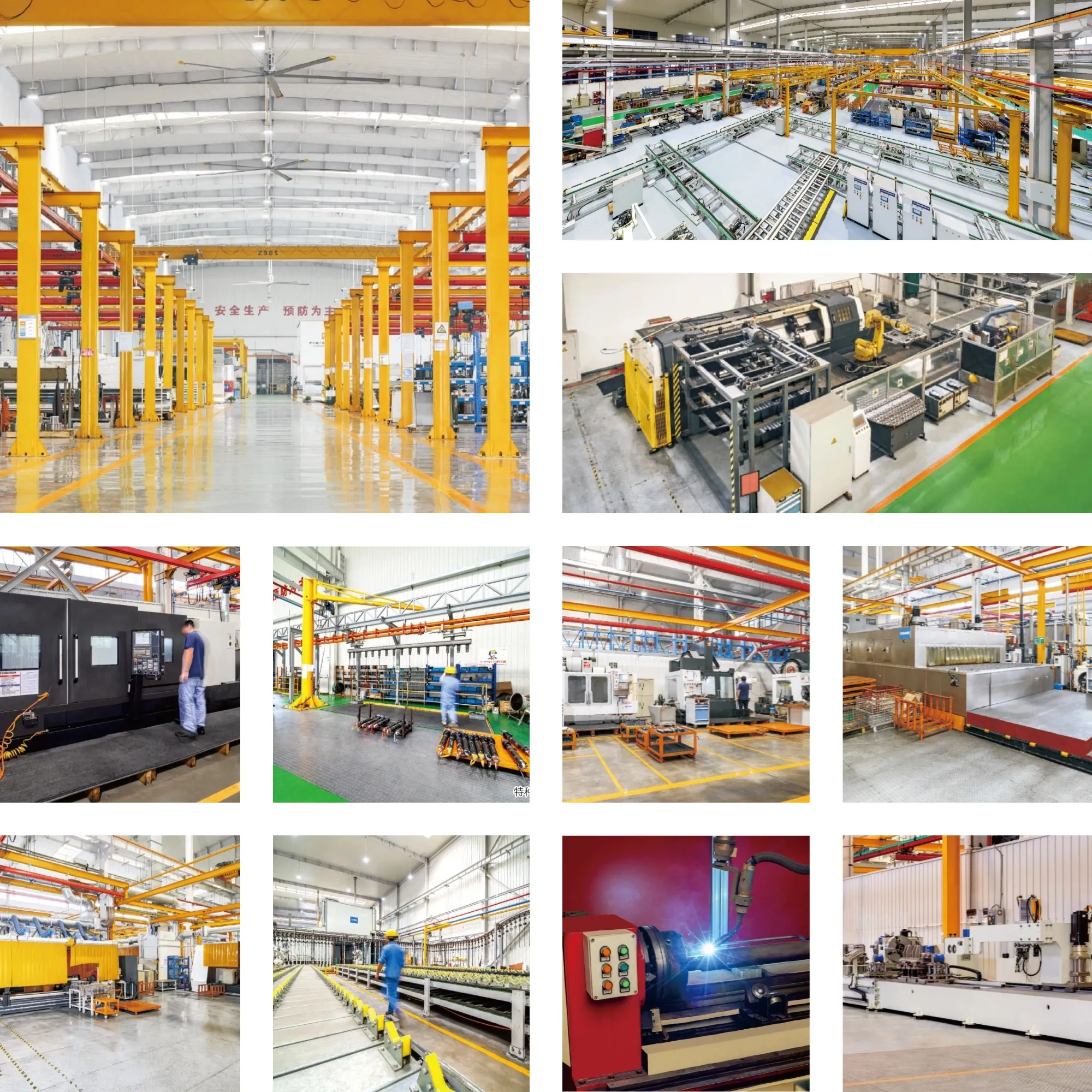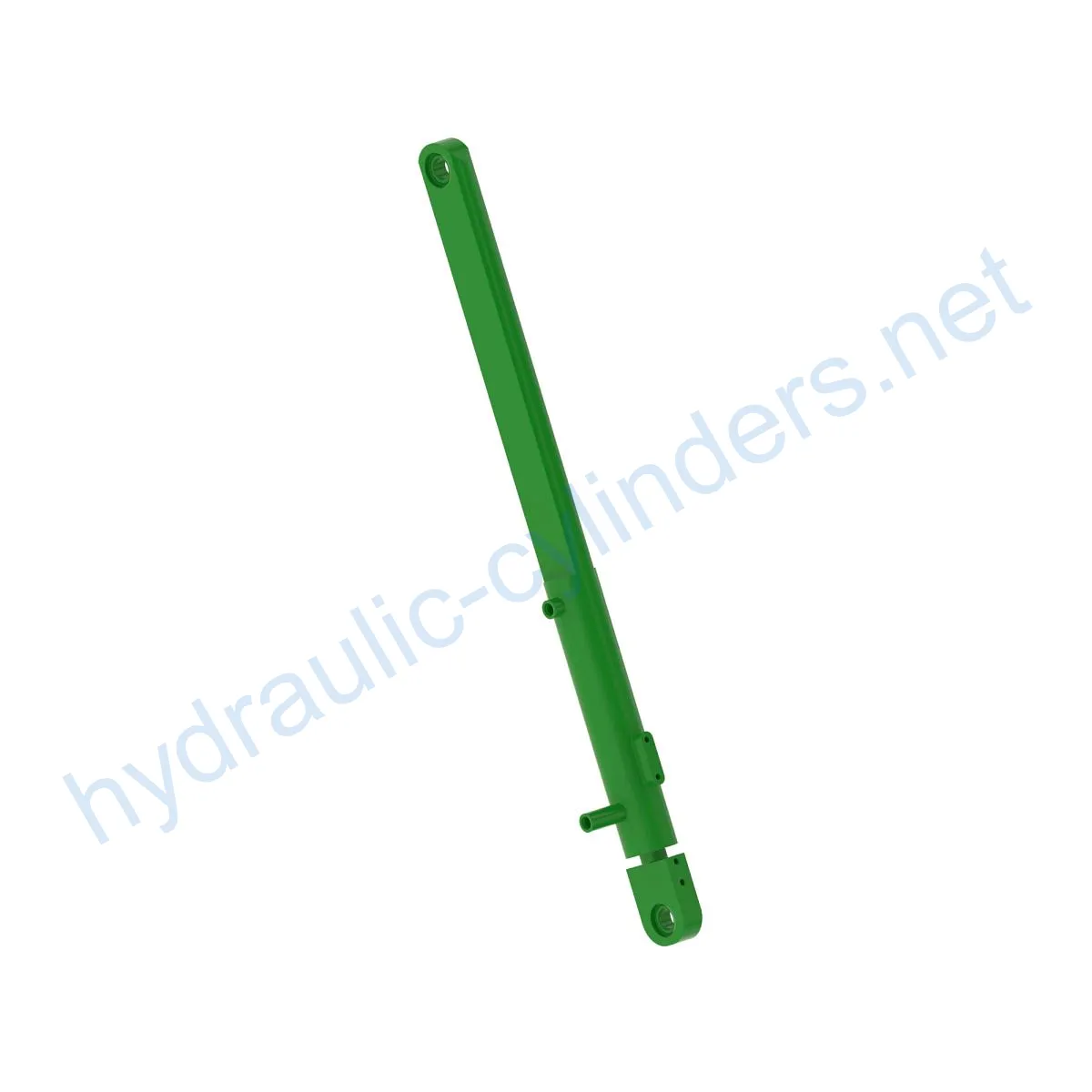Replacement Of AHC22638 Hydraulic Tilt Cylinder
Являясь одним из производителей, поставщиков и экспортеров механической продукции, мы предлагаем гидравлические цилиндры и многие другие изделия.
Пожалуйста, свяжитесь с нами для получения подробной информации.
Почта:sales@hydraulic-cylinders.net
Производитель поставщик экспортер гидроцилиндров.
Replacement Of AHC22638 Hydraulic Tilt Cylinder
A hydraulic tilt cylinder is a mechanical actuator used in a variety of applications, such as excavators, cranes, tractors, harvesters, and mining equipment. The Replacement Of AHC22638 Hydraulic Tilt Cylinder is a high-quality replacement cylinder designed to restore the performance and safety of your equipment.
Specifications and Models
The Replacement Of AHC22638 Hydraulic Tilt Cylinder has a weight of 30.063 lb, a height of 5 in, a width of 7 in, and a length of 39.5 in. It is compatible with W200M, W235M, W235R, and W260R models.
Характеристики
- Improved equipment performance: Replacing damaged or worn hydraulic cylinders can restore the normal operation of your equipment, ensuring its performance in various applications.
- Enhanced safety: Regularly replacing hydraulic cylinders can reduce safety hazards caused by cylinder failure, ensuring the safety of operators and equipment.
- Overload protection: New cylinder designs usually incorporate better overload protection mechanisms, improving safety.
- Quick installation: Modern hydraulic cylinders are designed to be easy to install and replace, reducing downtime.
- Standardized components: Many hydraulic cylinders are standardized products, making it easy to obtain replacement parts in the market.
We can produce this product and our product can perfectly replace these hydraulic cylinders.
Applications
The Replacement Of AHC22638 Hydraulic Tilt Cylinder is widely used in various equipment. Here are some examples:
- Excavators: Hydraulic cylinders in excavator arms or buckets may be damaged due to long-term use or overload and need to be replaced to restore normal operation.
- Cranes: The hydraulic cylinders of the crane’s boom are easily worn out during frequent lifting and lowering processes, and need to be replaced regularly to ensure safety.
- Tractors: The hydraulic cylinders of the front-end loader of a tractor may leak or performance may decline during continuous lifting and tilting operations and need to be replaced.
- Harvesters: During the harvesting process, the hydraulic system undergoes high pressure and the cylinder may become damaged due to fatigue, requiring timely replacement to maintain work efficiency.
- Automated production lines: Hydraulic cylinders are used to control robotic arms and other automation equipment. If the cylinder fails, it can affect production efficiency and needs to be replaced immediately.
- Die casting machines: In high-pressure and high-temperature environments, hydraulic cylinders may experience performance degradation. Regular replacement can ensure product quality.
- Mining equipment: Hydraulic cylinders are used for lifting and moving heavy objects in mining equipment. Due to the harsh working environment, regular inspection and replacement are required to avoid equipment failure.
- Bulldozers: The wear of hydraulic cylinders on the bulldozer’s push arm can lead to a decrease in pushing capability, requiring timely replacement to maintain operational efficiency.
Maintenance Tasks
Regular maintenance is necessary to ensure the optimal performance and longevity of hydraulic cylinders. Here are some common maintenance tasks:
- Regular inspections
- Proper lubrication
- Seal replacement
- Calibration checks
During installation, it is important to provide correct guidance for aligning the cylinder, recommend using appropriate mounting brackets to secure the cylinder, and suggest checking, repairing, and replacing procedures to improve the lifespan of the hydraulic cylinder.
Safety Considerations and Environmental Factors
Safety measures are crucial when using hydraulic cylinders. Always follow safety guidelines when operating equipment to prevent personal injury or equipment damage. Environmental factors such as temperature, humidity, and pressure can affect the performance of hydraulic cylinders. Therefore, it is important to choose the appropriate cylinder for the specific working conditions and to maintain it regularly.
Troubleshooting and Common Problems
Hydraulic cylinder problems can cause equipment malfunction, downtime, and safety hazards. Here are some common problems and troubleshooting tips:
- Leaking cylinder: Check the seals and replace them if necessary.
- Slow operation: Check the fluid level, pump, and valves for any issues.
- Uneven movement: Check for bent or damaged rods or cylinders and replace them if necessary.
Preventive measures such as regular maintenance and inspection can help reduce the occurrence of problems and improve the lifespan of the hydraulic cylinder.

Design Considerations and Selection Criteria
When choosing a hydraulic cylinder, it is important to consider its load-bearing capacity, sealing, durability, safety, and maintainability. Here are some design considerations:
- Load capacity: Choose a cylinder that can handle the load requirements of the equipment.
- Sealing: Choose a cylinder with high-quality seals to prevent leakage and ensure proper operation.
- Durability: Choose a cylinder made of durable materials to withstand harsh working environments and frequent use.
- Safety: Choose a cylinder with appropriate safety features, such as overload protection, to prevent accidents.
- Maintainability: Choose a cylinder that is easy to maintain and repair, with readily available replacement parts.
Proper sealing and lubrication are essential for the optimal performance and lifespan of hydraulic cylinders. Use appropriate seal materials, such as polyurethane or nitrile rubber, and add proper amounts of hydraulic oil for lubrication. Regular inspection and maintenance can help prevent problems and extend its lifespan.
Installation Guide
Proper installation is critical for the optimal performance and safety of hydraulic cylinders. Here are some installation tips:
- Align the cylinder properly with the equipment.
- Use appropriate mounting brackets to secure the cylinder.
- Follow the recommended installation procedures.
- Use proper tools and equipment for installation.
About Our Company
We are a manufacturer of replacement hydraulic cylinders with a wide range of products. We are one of the leading manufacturers and wholesale distributors of hydraulic cylinders in the domestic and international markets. Our company prides itself on our expertise, international certifications, customized services, production equipment, and after-sales service.

Author: lyl
Take a Tour of Our VR Factory:
Take a tour of our VR factory with the following
Hydraulic Cylinder Application:


